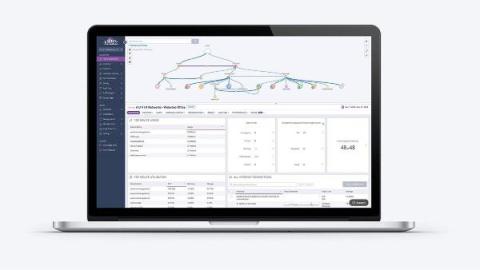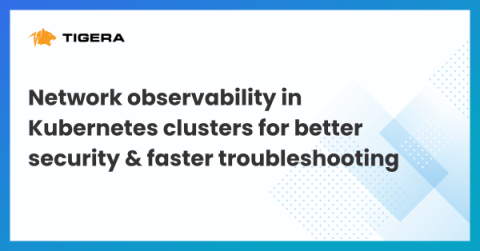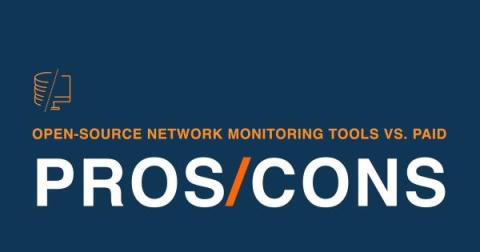The Importance of Network Topology Visualization
Is that a bird’s nest or is it spaghetti? Have you ever asked that question when looking into a IT wiring closet? At some point in your tenure as a network manager, you’ve likely been asked to inventory a network and create a network topology diagram.









